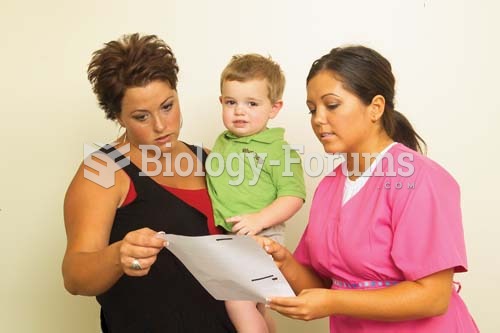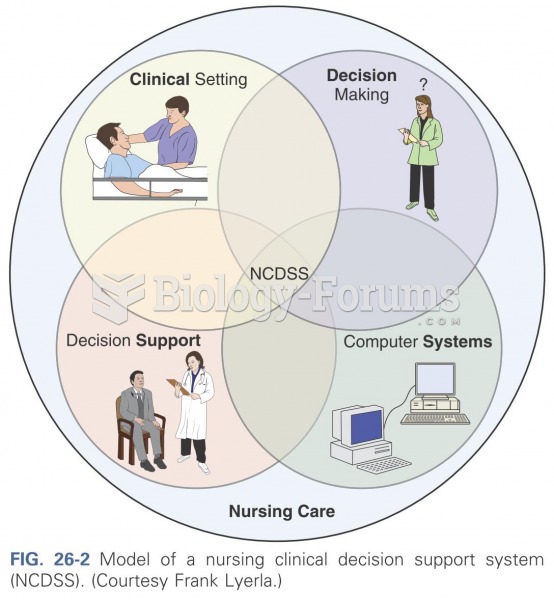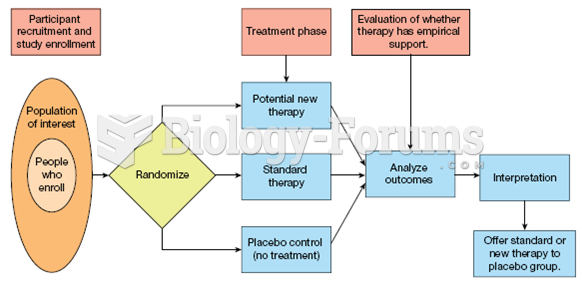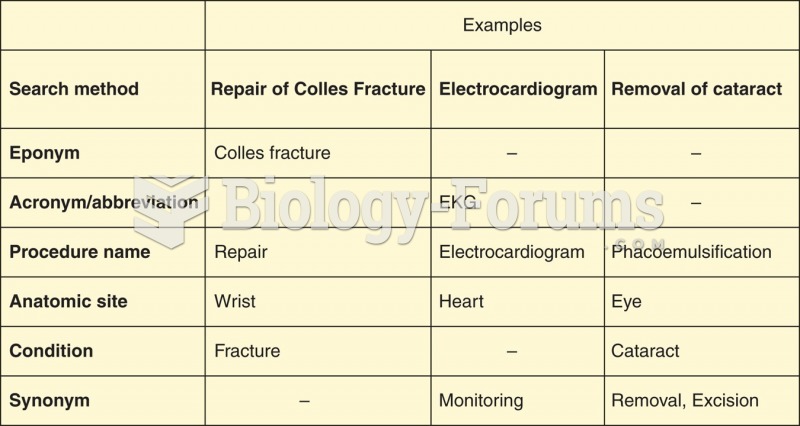|
|
|
Increased intake of vitamin D has been shown to reduce fractures up to 25% in older people.
Glaucoma is a leading cause of blindness. As of yet, there is no cure. Everyone is at risk, and there may be no warning signs. It is six to eight times more common in African Americans than in whites. The best and most effective way to detect glaucoma is to receive a dilated eye examination.
Though methadone is often used to treat dependency on other opioids, the drug itself can be abused. Crushing or snorting methadone can achieve the opiate "rush" desired by addicts. Improper use such as these can lead to a dangerous dependency on methadone. This drug now accounts for nearly one-third of opioid-related deaths.
Cancer has been around as long as humankind, but only in the second half of the twentieth century did the number of cancer cases explode.
Cytomegalovirus affects nearly the same amount of newborns every year as Down syndrome.







